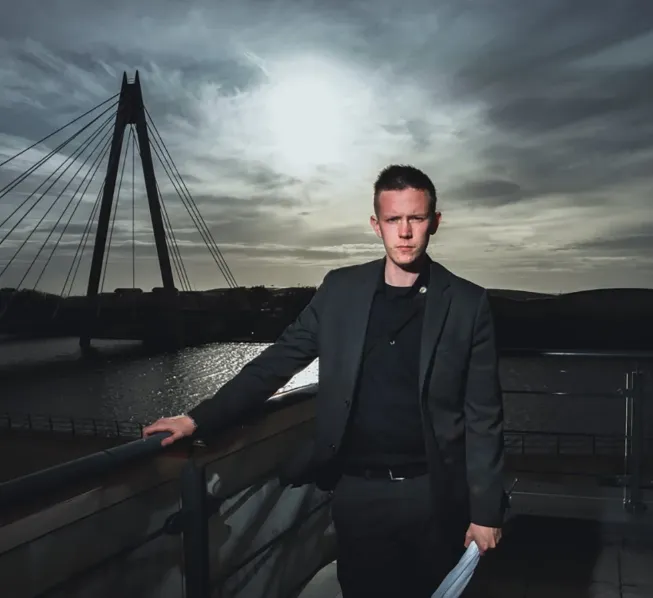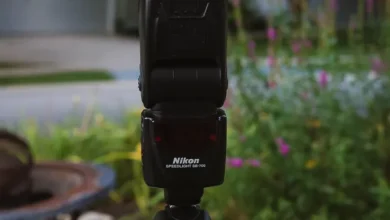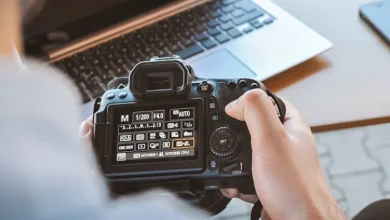
Flash Photography Challenge: A Beginner’s Guide to Getting Started
If you’re new to flash photography or have a flash that’s collecting dust in your gear bag, now is the perfect time to learn how to make the most of it. Whether you’ve never used your speedlight or are looking to expand your skills, this guide will take you through some essential steps to get started and improve your flash photography.
Why You Should Try Flash Photography
It’s easy to overlook your flash, especially when you can rely on natural light. However, learning how to use a flash can open up a new world of creative possibilities for your photography. Flash photography helps you control light, improve low-light shots, and add dramatic effects to your images. If you’ve never really used your flash before, now’s the time to dive in and experiment.
What You Need to Get Started
Before you begin, you’ll need a few basics:
- A Speedlight – This is a flash that mounts on your camera’s hot shoe. It’s different from the small pop-up flash that comes with your camera. A speedlight offers more control, as it can tilt, swivel, and even be used off-camera.
- A Camera – Any DSLR or mirrorless camera with a hot shoe will work.
- A Willing Subject – Whether it’s a portrait or a still life, having something to shoot will help you practice the techniques.
Step 1: Understanding How Your Flash Works
Before diving deep into flash techniques, start by understanding the basics. Familiarize yourself with your flash’s settings and experiment with different modes. You don’t need to get everything perfect right away, but by playing around, you’ll gain a better understanding of how the flash interacts with your camera and subject.
Some key features to explore include:
- Flash Exposure Compensation – Learn how adjusting this can brighten or darken your images.
- Flash Modes – Experiment with different modes to see which ones suit your photography style.
- Camera Settings – Adjust your ISO, aperture, and shutter speed to work in harmony with your flash.
Make sure you test your flash in different lighting conditions. Try it indoors, at night, and in daylight to understand how it behaves in various settings.
Step 2: Getting Familiar with Flash Settings and Buttons
Once you’ve experimented with the basics, it’s time to dive deeper into your flash settings. Some flashes offer additional features that can take your photos to the next level. Here are some to pay attention to:
- High-Speed Sync Mode – This feature lets you shoot at faster shutter speeds than your flash would normally allow.
- Zoom Setting – Adjust the zoom to control the spread of light.
- White Bounce Card and Wide-Angle Panel – These tools help diffuse light and create softer shadows.
Take time to explore each button and setting. Try using different settings and experiment to see how they affect the light in your photos. The more you familiarize yourself with these options, the easier it will be to adjust them on the fly.
Step 3: Mastering Bounce Flash
Once you’re comfortable with the basics and some of the settings, it’s time to step up your flash photography with bounce flash. Bouncing your flash off surfaces like walls or ceilings creates a softer, more natural-looking light compared to direct flash. It’s a key technique for more flattering portraits or when you want to illuminate larger areas.
Here’s how to get started with bounce flash:
- Bounce Off the Ceiling – Aim the flash upwards for a soft light that mimics natural light.
- Bounce Off the Walls – Use side walls for a different effect, especially in small spaces.
- Adjust Angles for Vertical Shots – Remember to adjust your bounce technique when shooting in portrait orientation.
Experiment with different angles and directions to see how the light behaves. Try this technique in various rooms at different times of day to understand how lighting changes depending on your environment.
The Challenge: Practice and Experiment
The most important part of this challenge is to practice and experiment. Flash photography takes time and patience to master. Don’t expect perfect results immediately—trial and error are part of the learning process. Try new techniques, make adjustments, and take plenty of shots to review later.
Remember, the goal is not to achieve perfect photos every time but to get more comfortable with your flash. Practice will help you gain confidence and improve your skills. Experiment with different settings and learn from each shot you take.
Conclusion
Flash photography can initially seem intimidating, but with the right practice and mindset, you’ll soon be creating stunning, well-lit images. Start by understanding your flash, experimenting with settings, and mastering techniques like bounce flash. Take your time, be patient with yourself, and enjoy the process. The more you practice, the better you’ll get at using your flash to its full potential.




